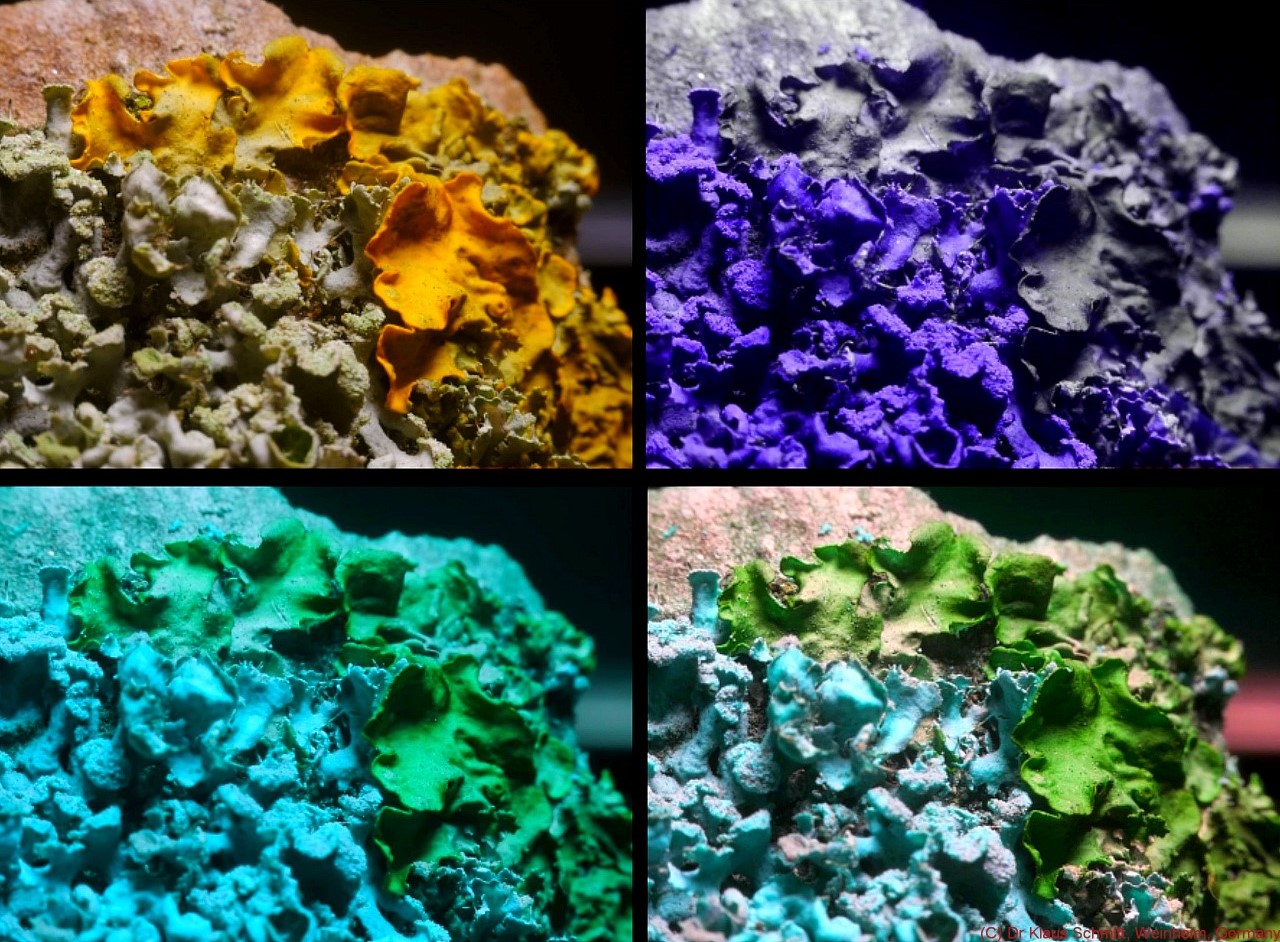Dr Klaus Schmitt
Well-known member
Since there was a request...

Visible light, reflected UV, simulated bee and butterfly vision (left to right, top to bottom)

Visible light, reflected UV, simulated bee and butterfly vision (left to right, top to bottom)

